Knowledgebase
Kingshay's Knowledgebase - Milk Contracts
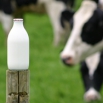
Most herds produce milk containing two types of beta casein, A1 and A2, however there is a small minority who are intolerant to the A1 protein. A2 milk is produced by co...
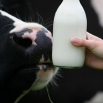
The financial incentive for butterfat levels is highly variable and will depend on milk contract. For most contracts, increasing butterfat percentage must not be at the ...
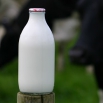
Freezing Point Depression (FPD) is a test used to measure extraneous water in milk. The freezing point of milk is usually in the range of -0.512oC to -0.550oC with an ave...
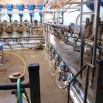
Expanding dairy export markets and increasing consumer interest means processors are tightening up on milk quality standards, which means an effective parlour circulation...
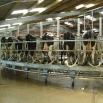
This issue of DAIRY insight looks at the importance of keeping bacteria out of milk, from a farm, processor and consumer point of view. It examines the main causes of hig...
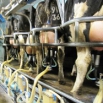
With milk prices finally increasing and quota less of a restriction, now could be the time to look at ways to increase litres soil and maximise returns. Balanced against ...

An increasing number of processors are introducing plans to encourage farmers to phase out calf euthanasia of healthy, young bull calves. Such a move is undoubtedly the r...

Milk protein often has greater financial benefits than butterfat within payment schemes, although protein percentage is less variable and harder to manipulate. Milk prote...
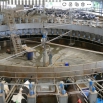
Increased milking frequency, whether through a parlour or robots, is often considered as a means of maximising herd genetic potential and income. However, before making a...
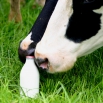
Promoting milk to the public is something that both industry organisations and individual farmers can – and many say, should – be doing. This insight publication look...
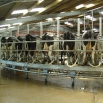
A growing number of milk processors are testing milk for thermoduric bacteria and penalising for counts above >500 cfu/ml. With high counts associated with milk quality a...
